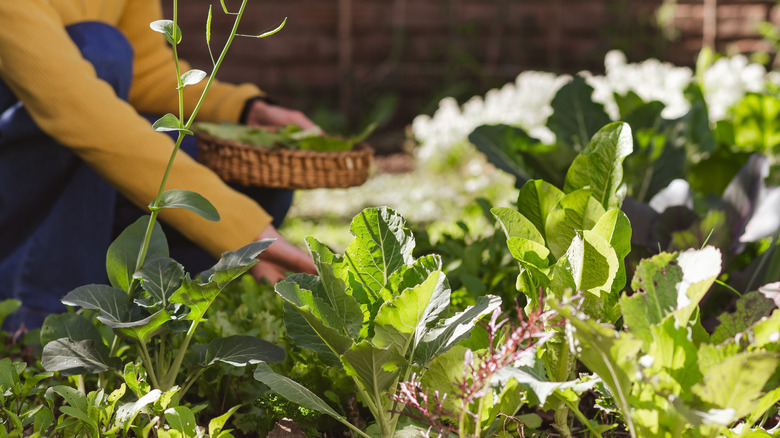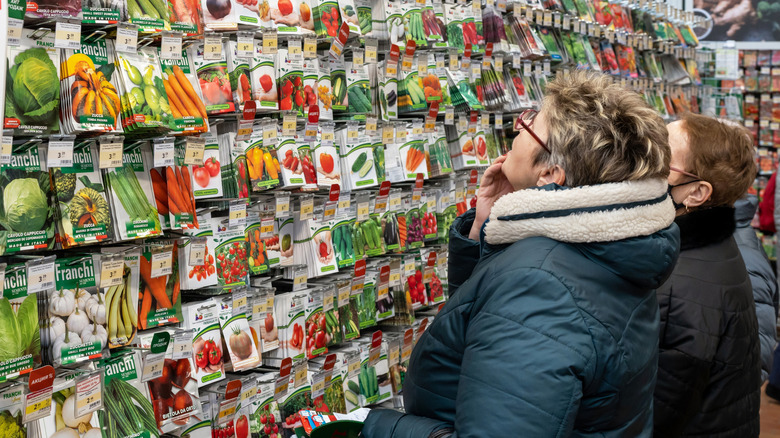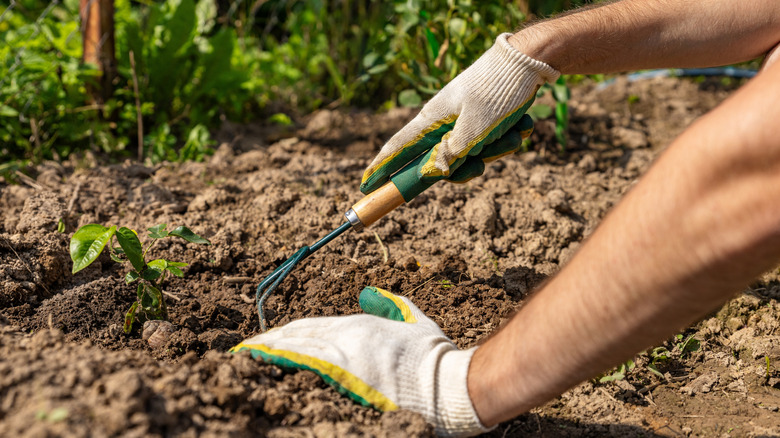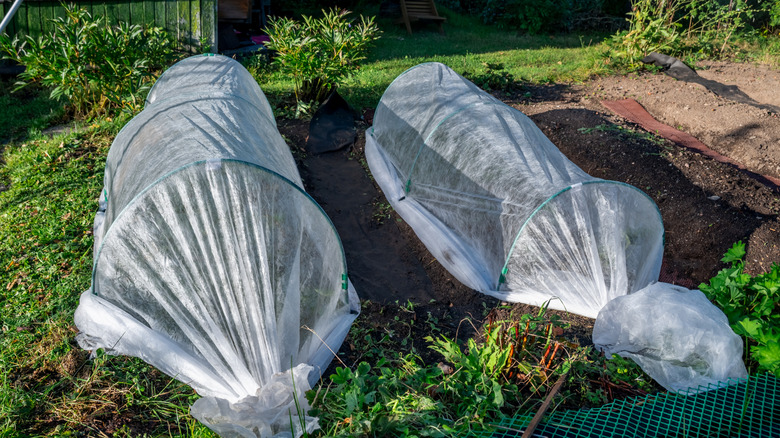Tips For Sowing Late-Season Fall Vegetables
Maintaining a vegetable garden can be a lot of work, but the satisfaction derived from growing food balances that labor with pleasure. In my professional gardening work, I have a number of clients who enjoy growing veggies in spring and summer, but only an intrepid few who keep planting late in the season. Mastering the art of late-season vegetable planting is not complicated and is very much worth doing to extend the harvest season. There are a few useful tips to follow when sowing seeds for late-season vegetables to ensure success.
Things to keep in mind include observing proper timing for sowing seeds, because your window of time isn't quite the same as in spring, when there are months of warmer weather ahead. You'll also want to choose the best seeds for late-season sowing. With such a wide variety of cultivars available, and so many great seed vendors, online and in stores, the array of choices may seem dizzying, so do some research on the best late-season or fall-harvested varieties.
You'll also want to get the soil ready, which is fairly easy to do, but a bit different from spring planting soil preparation. Finally, the weather can be unpredictable, and sudden rain or extreme temperatures might call for some protective measures or troubleshooting. Because most gardeners begin to wind down the season as the weather cools, the late-season veggie garden can become a welcome focus amid tasks such as autumn cleanup and fall bulb planting for spring blooms.
Time your planting and choose your seeds carefully
First, decide what your timing will be. "Late season" usually means sowing seeds in late summer or early autumn, but there are some vegetables you can still plant in October for a fall harvest. This can be a good time to explore new varieties of veggies that you haven't tried before, especially fast-growing vegetables that enjoy cool weather like spinach, Swiss chard, Asian greens, radishes, snap or snow peas, carrots, or beets.
Choose seeds that fit in your window by checking the "days to maturity" on seed packets. The Old Farmer's Almanac website calculates first frost dates based on your zip code, and they suggest counting backwards from that date to figure out the best timing for sowing. They also recommend adding 7 to 10 days to this total so you don't have to harvest all at once. Some vegetables can be harvested at the "baby" stage (like lettuces), so this is a good way to enjoy your late-season harvest across a longer time period.
In general, the cooler temperatures of early autumn are suitable for many veggies once the seedlings appear, but germination takes a few days. Avoiding extremes of both hot and cold during the germination period is also important: this is when those ten-day forecasts are useful. If there's an early frost in the forecast or a mini heat wave, try to wait until temperatures return to normal again before planting seeds, so they're protected during their germination period.
Prep the soil
For late-season planting, get the soil ready by doing a quick cleanup of your planting spot. A quick run-through with your fork tool or hand rake will remove any lingering roots or weeds. If you're still harvesting some summer veggies, plant your new seeds in spots where they won't be too close to ripening crops. If you plant summer-blooming annuals (like zinnias, cosmos, or sunflowers) in your veggie garden, you can start thinning them once the bloom season winds down to create some space. In cooler weather, insect pests are less prevalent, so insect-repelling plants, like marigolds, can be pulled out (harvest the seeds for replanting next spring).
Another way to prep the soil is to cool it off with regular watering. This will lower the soil temperature a bit, especially if the recent weather has been hot and dry. If you plan carefully, you can create planting space for late-season vegetables in spots that are shaded in the hottest part of the afternoon, perhaps alongside your tall tomato plants, or next to a fence.
It may be tempting to add compost or other amendments to the soil before late-season planting, but it's best to wait. You should add these at the end of the season so they can break down and add nutrients over the winter. If the soil seems a bit dry or thin from summer drought, water it lightly every day for a few days before sowing seeds: this will increase microbial action and prepare the soil for seed germination.
Troubleshooting tips
Growing vegetables later in the season means being patient, as the cooler temperatures usually lead to somewhat slower growth. However, this can be a good thing, as crops like lettuce, which tend to bolt in hot weather, will have a better chance of success. Some crops turn out even better after a bit of frosty weather: many greens like kale taste even sweeter once the cold temperatures hit, as long as they're well past the seedling stage.
However, I've had some late-planted seedlings suffer frost damage on a very cold night that happened unusually early. If the weather forecast shows temperatures well below freezing on the way, you will want to protect your seedlings. There are a few methods for protecting your vegetable garden from freezing temperatures, including using frost fabric with stakes or hoops, or insulating with straw. It's worth having a plan in case of unexpectedly early or severe frost, to save your crops. Hoops and fabric can be weighted with stones for easy removal once frost danger is past.
Another possible issue affecting late-season veggies is wildlife. As the weather turns colder, some creatures start to seek out more food, either to build up fat stores for cold weather or to hide food for winter. To protect your late summer seedlings from hungry birds and rodents, you can provide other food sources (like bird feeders) away from the garden. You can also try garden netting, which can be draped over hoops or stakes.



